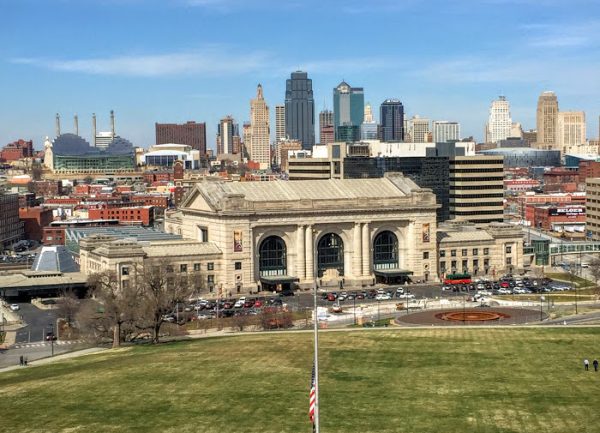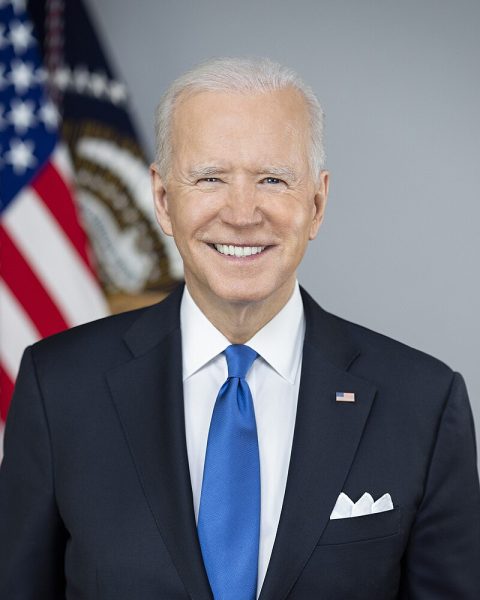Tension between Uighurs and China
Since around the summer of 2017, reports have surfaced of large fortified buildings popping up throughout China’s Xinjiang Uighur (pronounced like ‘we-gur’) Autonomous Region.
These accounts have contained disturbing information indicating that the Chinese government is kidnapping and detaining Uighurs within security-thick campuses in large numbers.
The Uighur population of China is “mainly Muslim, (they) speak a Turkic language, and (they) live in Xinjiang, which is the far northwestern part of China,” James Millward, a Georgetown University history professor, said in a November 27, 2018 video posted on The Atlantic’s website.
The Uighur people are no strangers to conflict with The People’s Republic of China, Millward said.
In September 2008, The Guilfordian covered “restrictions on the Muslim holiday Ramadan” placed within Xinjiang, “banning women from wearing veils and men from growing beards,” among other decrees hindering Muslim populaces from observing their faith.
In September 2009 this paper covered a series of riots followed by mass stabbings within Xinjiang, which the Chinese government claimed were instigated and carried out by Uighurs.
The Guilfordian last covered tensions between the Uighurs and the Chinese government in February 2018, when concerns arose around the testing of facial recognition technology throughout the Xinjiang province.
China’s history of control over Xinjiang and her Uighurs is one of fluctuation. China’s past empires, in their weakness or strength, would hold power over the Xinjiang region or lose power over the region; the current Communist government took control of Xinjiang in 1949. As stated in “China’s ‘War on Terror,’” an article from the July-August 2002 volume of the journal Foreign Affairs, “[w]ith the end of China’s imperial era, the Uighurs twice briefly achieved statehood…The second (Uighur state) …was pressured into integrating with the People’s Republic of China shortly after the (Republic’s) formation.”
As reported by several sources, post-9/11 anti-Muslim sentiments established an excuse for the People’s Republic of China to oppress its Muslims specifically. “In a post-9/11 international environment, being a Muslim…could become a source of vulnerability. And it is easy to label any discontent from the Uighurs against the state control as terrorist acts. And this is exactly what is happening” explained one member of Guilford community, who recently spoke on the condition of anonymity.
The 2002 Foreign Affairs article corroborates with the following statement: “In the wake of the September 11 attacks on the United States, China has launched its own ‘war on terror.’ Beijing now labels as terrorists those who are fighting for an independent state in the northwestern province of Xinjiang.”
According to this member of the Guilford community, who has requested anonymity, resistance against the Chinese government exists in the historical memory of Xinjiang’s Uighur people who vividly recall their predecessors’ self-governance.
The Chinese government has sought to justify its current concrete camps within the Xinjiang province. A Feb. 9 online article in Bloomberg magazine by Cagan Koc reports “the detention and ‘re-education’ of as many as [one] million minority Muslim Uighurs in China’s far west…”
According to an October 2018 report from Radio Free Asia “those in the camps are detained against their will, routinely face rough treatment at the hands of their overseers, and endure poor diets and unhygienic conditions in the often overcrowded facilities.”
The Chinese government generally represses all religions in China, said the Guilford community member who spoke anonymously. “There is an assumption that Muslims are prone to terrorism (especially after 9/11). Many Chinese lack an understanding of Muslims…despite (the fact) that Islam came to China in the 7th Century C.E.”








